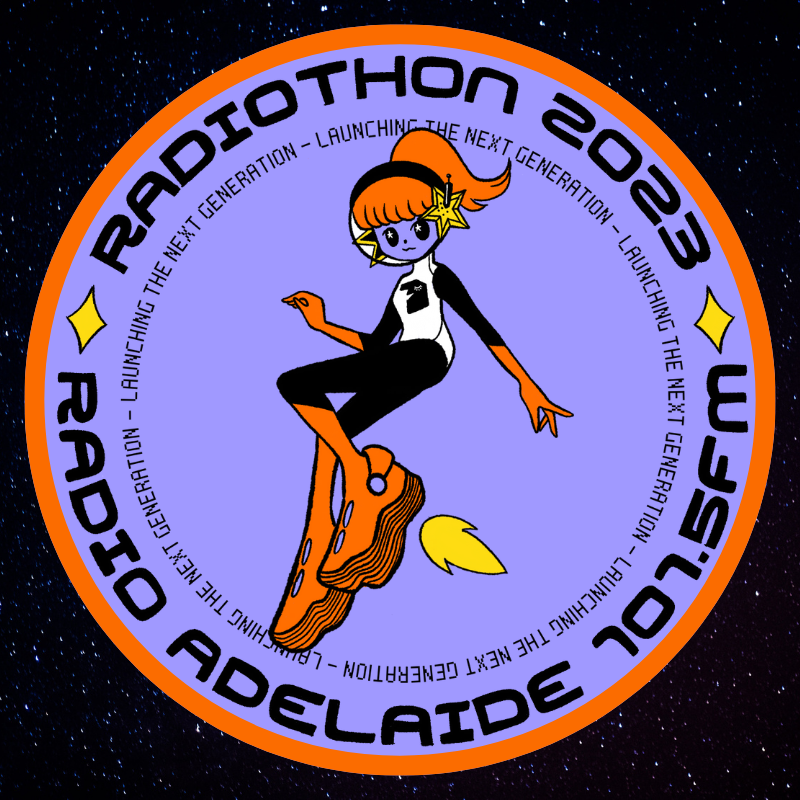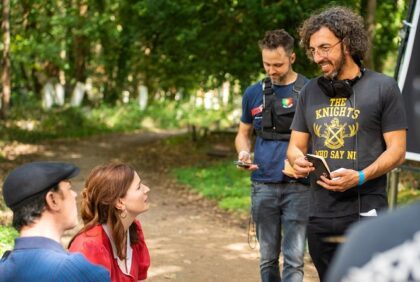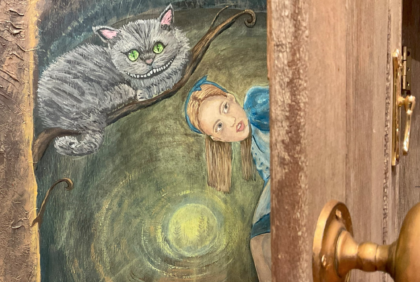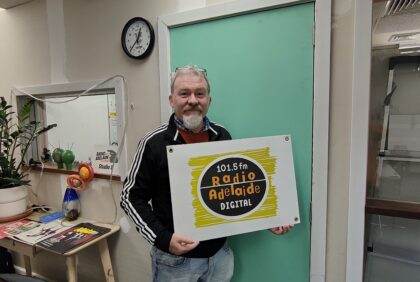48 Hours of Flower: SA’s Rare Corpse Bloom
Posted on: Wed 23 Feb 2022

Described as the “pinnacle of horticulture,” by gardening experts, the rare blooming of the Corpse Flower has uncoiled at the Botanic Gardens, after long anticipation.
Notorious for its pungent scent – often compared to rotting flesh, mouldy cheese and dirty feet – the endangered plant has bloomed in a behind the scenes nursery at the Mount Lofty Botanic Gardens, last December, making it the 11th to blossom in the collections’ seven-year flowering history.
The towering Titan Arum (Amorphophallus Titanum), which remains one of the world’s biggest flowers, is native to tropical climates of the Sumatran rainforest, with the largest reported at a lofty 3.5 meters tall.
The world-renowned collection first joined the Botanic Gardens as three seeds, generously donated in 2006, before first flowering in 2015.
This remarkable species of the plant kingdom often takes ten years from seed to produce a single flowering configuration, which lives no longer than 48 hours before wilting.
The Garden’s Horticultural Curator Matt Coulter who says “[flowering] is very difficult to predict,” witnessed the extraordinary botanical event which happens rarely and with little notice. Emerging at just over two meters tall in the early hours on 29 December 2021, the phenomenal inflorescence has since perished, but a large display of the Titus Arum in its leaf-only form is featuring for the first time.
The last flowering structure showcased to the public, occurred in pre-Covid times of October 2018, attracting crowds exceeding 10 000 people. To uphold safety measures, in current challenging times, the flower was not featured publicly. However, the leaf-only version is now on display at the Adelaide Botanic Garden’s Amazon Waterlily Pavilion, exhibiting the plant at different stages in its leaf cycle.
Matt Coulter spoke with Festival City’s Emma Wotzke to find out more about this experience, the cultivation of the Corpse Flower and just how fragile these large, towering plant species really are.
Photo by Matt Coulter
Produced by Emma Wotzke














